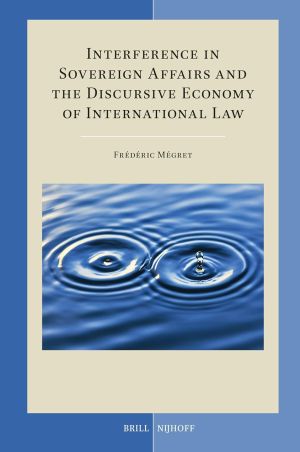
Interference in sovereign affairs is seemingly everywhere but nowhere at the same time. Whether it is pressure on or corruption of public officials, conditionality in development assistance, criticism of one’s human rights record, psychological or propaganda operations, instrumentalization of diasporas, international organization supervision or meddling diplomats, the phenomenon is as amorphous as it is diffuse.
But what if it was the lens that we use to capture interference that was the problem? How do the tools we use in international law blind us to the reality of certain phenomena? The urgency of understanding interference on its terms has never been greater, and it requires nothing less than a reimagining of the sort of discursive investments on which international law rests.